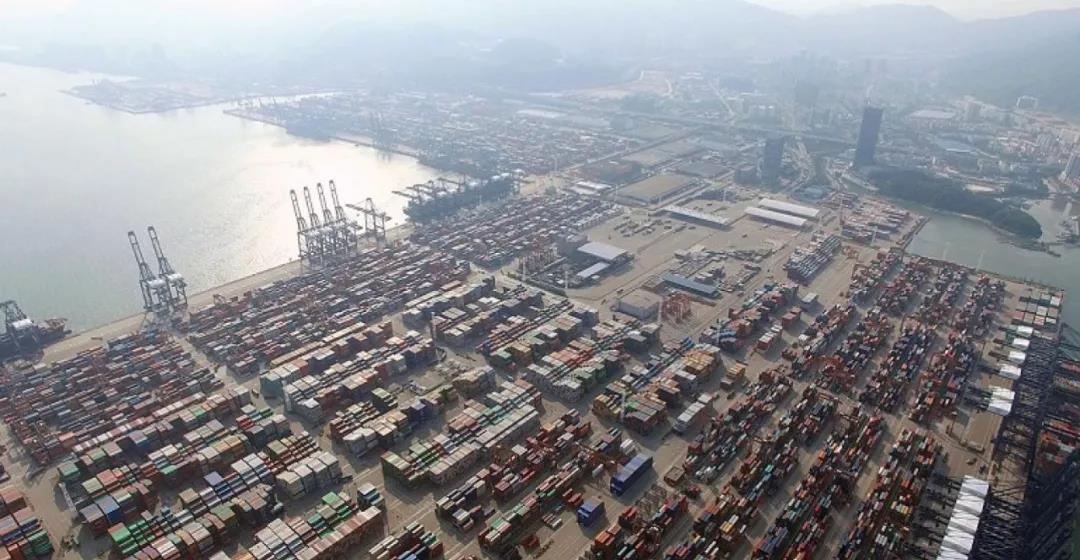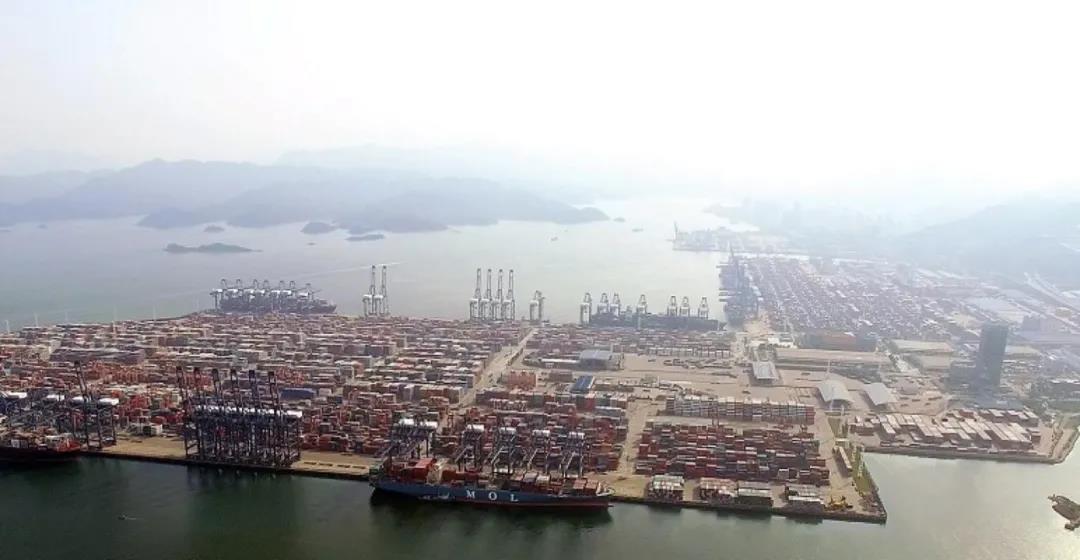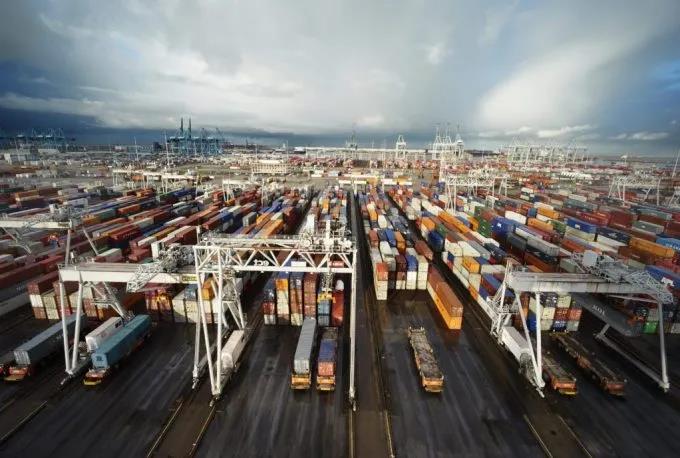The congestion at Yantian port has extended to neighboring ports, which have been severely burdened by a large number of ships cancelling calls to the heavily congested Yantian port - delays at Nansha and Shekou continue to increase.

Affected by congestion at Yantian port, empty flights jumped 300 percent in the first half of June, and container freight continues to soar to unprecedented levels.
Between June 1 and 15, 298 global container liners with a total capacity of more than 3m TEU were shut down, representing a 300 per cent increase in shutdowns in a single month, according to analysts at project44. While not all air traffic is caused by the Shiota International Container Terminal, the impact is clear.
Josh Brazil, vice president of marketing for project44, said, "While Yantian Port is the epicenter of this accident, these numbers spell trouble for the entire shipping industry, especially for the companies that rely on these routes. Even freight that is not directly affected by the Yantian situation will be affected as operators adjust their networks to avoid congestion."
Josh Brazil says the number of empty sailings is still rising as of June 24, and will decline thereafter, depending on the port and southern China's continued containment of the disease.
Maersk said that as of June 21, Nansha yard density had reached 100 per cent, and ships at Nansha Port were expected to continue to be delayed for four to five days in the coming week. Nansha will only accept export containers loaded seven days before the ship's estimated arrival time, and only after confirming at the terminal that trucking companies have booked them in advance. Supplies of 40-foot containers in Yantian and Shekou remain tight and Maersk is advising customers to use 20-foot containers as an alternative.
Shekou ports, including Chiwan Container Terminal, Mawan Container Terminal and Shekou Container Terminal, have tightened rules to only accept locks with full loads of export cargo up to four days before a ship's expected arrival time.

Shekou ports, which include Chiwan, Mawan and Shekou container terminals, have tightened rules to accept export bookings only four days before a ship's arrival. For the salt pans themselves, Maersk reported that Terminal East was operating at about 54 per cent of normal capacity and was gradually recovering, with yard density down to 60 per cent. Maersk expects Yantian flights to be "delayed by more than four days" in the coming week.
On June 21, Maersk reported that the number of vessels operated by Maersk and its partners that had cancelled their Saltans had increased to 90 from 84 the previous week. Containers carrying imported goods on the ships are expected to be delayed by more than three weeks.
Project44 warned that even when operations return to normal, it could take weeks to clear the backlog of containers. "If the Chinese authorities extend their strict controls, daily double-digit empty traffic rates could extend into July, throwing the supply chain of the world's important port into disarray until the summer," the analyst said.
At present, the bulk shipping market is facing a variety of problems caused by overstock of cargo, ship delay, port hopping, container and space shortage. Analysts say that once the port resumes normal operation, it is expected that there will be a surge in export demand for goods in the next two to five weeks, as well as a chain reaction caused by the suspension of the deployment of empty containers returning to South China. The subsequent impact of this incident will last for more than half a year.
Flexport CEO Ryan Petersen said there is no single solution to the shipping delays that are disrupting the global economy. Resolving the global shipping delays "may take some time," especially with the holiday season and Christmas approaching.
At the same time, persistent congestion, capacity and equipment shortages are pushing up container rates. Drury's World Container Composite Index rose 3.4 percent, or $231, to $6,957.44 per FEU on June 17. Shanghai-rotterdam prices rose 6 percent from the previous week to $11,196 per TEU, up 534 percent from a year earlier. Drury expects rates to rise in the coming week due to GRI implementation, high production and equipment shortages.

Congestion in southern China has led to congestion surcharges imposed by shipping companies, FAK and premiums all continuing to rise. In the week to June 18, S&P Global Platts said premium service charges for shipments from North Asia to the US Pacific coast were $9,000 - $10,000 per FEU. Shipping rates to the Atlantic coast of the United States (transatlantic to eastern United States) are significantly higher than those across the Pacific, with all premium bookings costing more than $15,000 /FEU, but sources say rates are closer to $18,000 to $20,000 /FEU. "Premiums are approaching FAK rates for March and April," said one North American shipper. The inland container flow at the destination port is slow, the empty flights increase, and the freight rate rises further. Even the premium service cannot guarantee the shipping space. Four weeks in advance is recommended.
Asia-usa (Trans-Pacific route) : Tight seating on West/East Coast of North America; Due to port congestion, shipping delays, capacity imbalance, inland shipping delays, and continued strong demand for imports in the Americas, a number of shipping companies have announced increases in GRI and PSS starting in July. A further increase in freight rates in July is inevitable. It should be noted that: due to port congestion, transport capacity is in short supply, and the rotary pressure of empty tanks increases; The shipping company only accepts cargo from inland points.
Asia-europe route: Europe and Mediterranean market demand is strong, the space is very tight, SCFI index European line rose steadily, freight rate reached a record high; Due to the epidemic prevention and control measures in South China, the operation of the port has been slowed down due to the tightening of operation procedures. Ships have canceled their connection to the Yantian wharf one after another, and some cargo has chosen to be shipped north from East China. In the coming weeks, the shortage of containers in the East China market will be further aggravated. Freight rates will continue to rise.
This article is from Shipping net